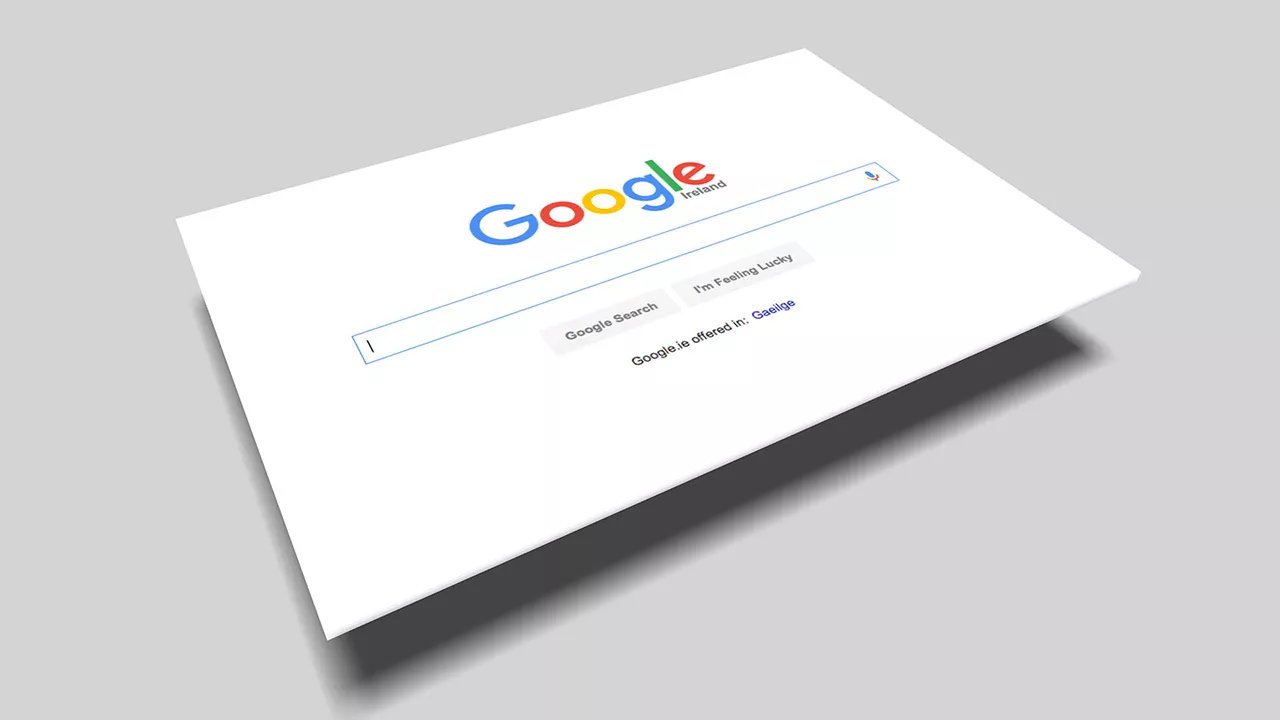
Meta descriptions are often the first thing searchers see when they visit your website. They’re also an opportunity for you to get a good idea of what content a visitor will find on your site and whether they’ll be interested in it.
So, how do you write an effective meta description? It all starts with understanding what search engines look for in these short snippets of text.
Always write your own, unique meta description
The meta description is one of the most important elements of your website. It’s what search engines will show if they don’t find a snippet from your page, and it’s what potential visitors see as they’re deciding whether or not to click on a result. But unfortunately, many companies use pre-written descriptions that aren’t tailored to their own sites.
There are two reasons you shouldn’t do this:
- Search engines may not index your site properly when using someone else’s words. According to Google: “For most websites, we recommend unique text for each page.” They also say that using duplicate content can hurt your ranking (source).
- The best way to engage users is by giving them unique information about your products and services—and that includes the meta description as well!
Include a call to action
A call to action (CTA) is a request that encourages the reader to take a specific next step. The CTA should be included in your meta description, and it should be clear and direct.
It’s important that your CTAs appear on every page of your site, not just in the meta description. If you have multiple CTAs throughout your site, make sure they all apply to the content on those pages. For example: “Learn more” could be replaced with “Order now.”
The most effective CTAs tell users what to do and where they can find more information about how to do it—they’re very direct in their language and intent.
Don’t include the same keyword more than once
If you include a keyword more than once, Google may consider your meta description spammy and demote your page.
Make sure it matches the content on the page
The most important thing to focus on when writing a meta description is making sure it matches what’s on your website. This means if you have a blog post about, say, how to write better meta descriptions, then be sure to include some helpful tips in your meta description.
Another important thing to keep in mind when writing meta descriptions is that they should be unique for every page of content! For example, if you want someone searching Google for “how-to” articles on how they can write good blog posts (like this one) and someone else searches Google looking for help with their SEO strategy and decides they want one of our ebooks instead (because we have an ebook about writing great SEO strategies), then I suggest using different text in those titles because otherwise it looks like spammy marketing tactics which nobody wants!
Include your primary keyword early in the meta description
If your meta description is longer than 150 characters, it’s best to break it up into two or more different sentences. It’s best if you can fit the primary keyword in each sentence, but this isn’t always possible (especially if you have a very long product name).
There are two ways to approach this problem: either make sure that your primary keyword appears at least once in every paragraph or make sure that it appears at least once for each section of text that makes up the meta description.
Make sure your meta descriptions are the right length for both desktop and mobile users
Making sure your meta descriptions are the right length is a great way to ensure your content gets noticed by users. Here’s why:
- The average person only reads about the first two lines of the search results, and that’s where they get their first impression of what you’re offering. If they like what they see there, they’ll click on your page and take a closer look.
- Desktop users will see longer (160 characters) meta descriptions than mobile users (60-70 characters), which means you need to create different versions of each one if you want them both to be visible in search results.
Writing a good meta description should help you improve click-through rates from search engine result pages
Writing a good meta description should help you improve click-through rates from search engine result pages.
Below are some helpful tips for writing great meta descriptions:
- Keep it short and sweet. Meta descriptions are typically no longer than 150 characters, so make sure your message is brief but informative enough to entice users to click through.
- Be relevant. Make sure the keywords in your meta description match the content of your page—if not, Google will ignore it as irrelevant text (and may even penalize you).
- Write like a human being would talk to someone they meet at a party or coffee shop (but don’t forget to be interesting!). The perfect balance between friendly and informative is what makes great writing stand out—so don’t be afraid to add some personality into those words!
Conclusion
The meta description is one of the most important elements of your SEO strategy, and it’s not something you should take lightly. It’s a great way to tell people what your page is all about, and it also gives them a preview before they click through to your site. The better job you do at crafting this snippet of text, the more likely people are going to feel compelled enough by what they see here that they actually go on over and read more—which in turn means more traffic (and hopefully revenue).

comments